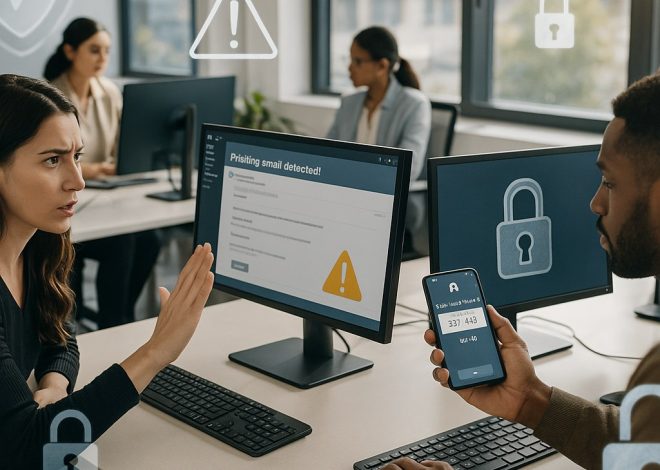
Work-life Balance: Overcoming Disk Bulge
Hello, dear readers and fellow colleagues. I am Moin ud Din Alvi, an IT/BI expert with over 20 years of experience in various fields, including teaching, banking, software development, social media marketing, chatbots, and BI. Today, I want to share a personal experience that changed my perspective on life and health. Recently, I faced a challenging episode when I was diagnosed with a disk herniation issue where 3 of my disks were affected and one of them was herniated, which was caused by improper posture during work and neglecting my health. This journey has taught me the importance of work-life balance, maintaining a proper diet, adopting correct work postures, and incorporating regular exercise into our daily routines.
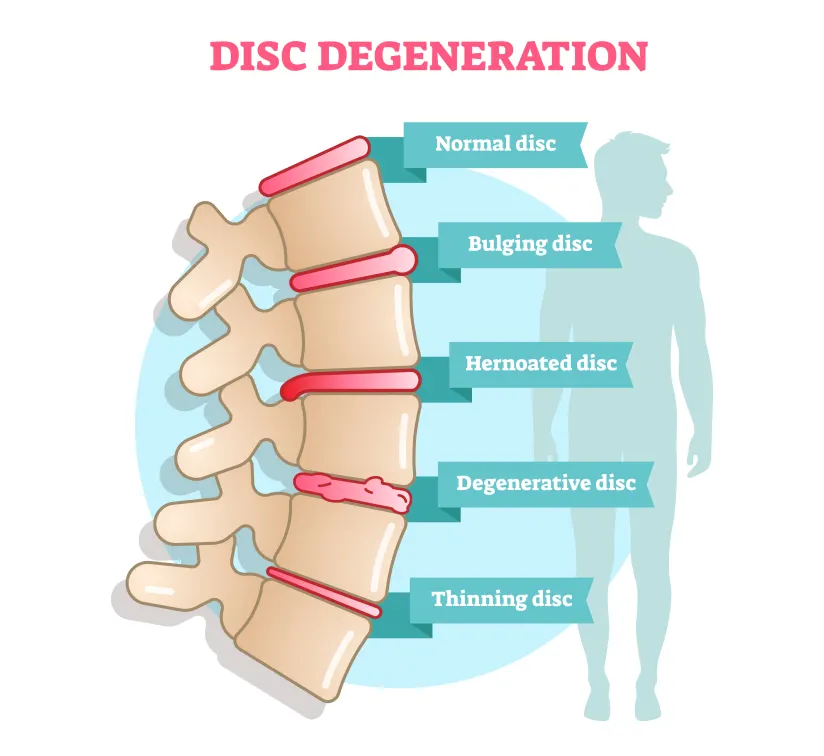
For individuals unfamiliar with the concepts of disk bulge or disk herniation, the accompanying image serves as an informative tool, illustrating the underlying causes of sciatica pain and outlining the different stages involved. It is important to grasp that this type of pain can be excruciating, causing a significant pause in one’s regular activities.
Three Stages of the Disk Bulge Journey
- Pre-Disk Bulge Stage: This stage represents the majority of people who are still healthy and do not have any back pain issues. If you are in this stage, it’s crucial to start taking action to prevent future problems. One of the most effective measures you can take is to begin core strengthening exercises. These exercises will help you build the foundation for a strong and healthy back, reducing the risk of developing issues like a disk bulge.
- Disk Bulge Diagnosis: For those who have already been diagnosed with back pain and disk issues, the first step is to accept that the issue has happened and acknowledge that there is no quick fix. During the initial phase, it’s essential to rest for about 7 to 10 days. Proper bedrest is crucial during this period. Additionally, focus on maintaining a diet rich in anti-inflammatory foods, engage in physiotherapy, and make immediate lifestyle changes. Ignoring this stage can exacerbate the problem and lead to prolonged suffering.
- Recurrent Disk Bulge: Some individuals may experience recurring disk issues because they are not taking care of their health. In such cases, it’s essential to continue the exercises recommended by your physiotherapist. Avoid activities that put excessive strain on your back, such as heavy lifting or jumping. Remember that a damaged or dried disk cover cannot be reversed, so adjusting your lifestyle is critical to prevent recurrent issues.
Exercises for Pain Relief and Core Strengthening
Here are some exercises that can help you both alleviate pain and strengthen your core muscles, reducing the load on your spine:
Bridge Exercise
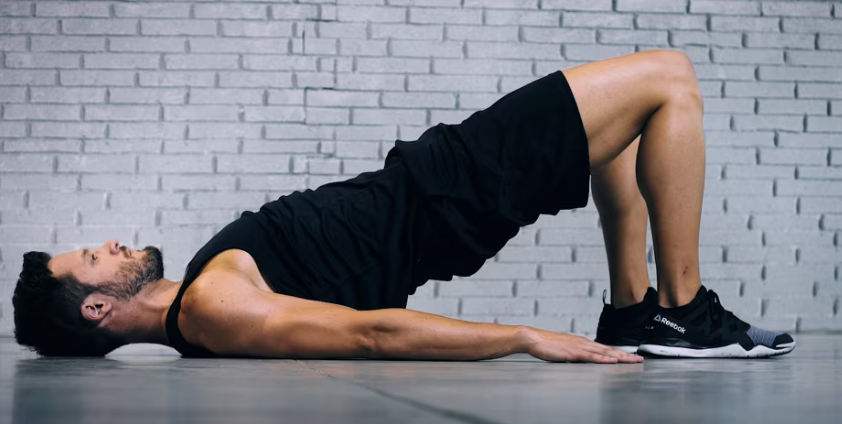
This exercise strengthens your glutes to prevent hip, back, and knee pain. Lie on your back with your knees bent, and feet flat on the floor, and lift your hips off the ground while squeezing your glutes.
Full Body Stretch
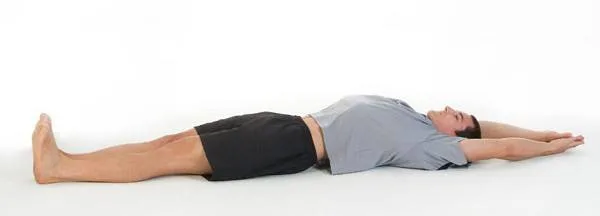
Lie on your back with your legs together and extend both your arms overhead. This exercise lengthens your spine and helps relieve tension. Hold for at least 30 seconds.
Tummy Tucks
Lie on your back with your legs together and tuck in your tummy for 5 seconds. This exercise strengthens your abdominal muscles. Repeat 3-5 times and incorporate it into your daily routine.
Straight-Leg Raise to the Back
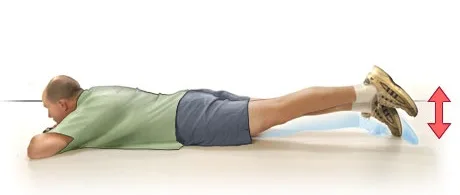
This exercise strengthens the muscles in your buttocks and the back of your thigh. Lie on your stomach, lift your leg straight behind you towards the ceiling, hold for 5 seconds, and lower slowly. Do 8-12 repetitions.
Bird Dog
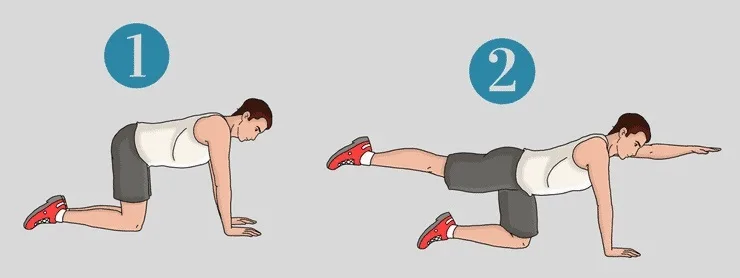
This exercise improves core strength and lumbar back muscles. Get on your hands and knees, and extend your left arm and right leg simultaneously while keeping your core engaged. Hold for 2-3 seconds before returning to the starting position. Repeat with your right arm and left leg for 10 repetitions.
Plank

The plank exercise is ideal for strengthening deep core and gluteal muscles. Start by lying on your stomach, lift your body onto your forearms and toes, and hold a neutral spine position. Aim for 20-30 seconds and repeat 2-5 times.
Work-Life Balance Conclusion
Your health is your most valuable asset, and it’s crucial to prioritize it. My journey with a disk bulge issue has highlighted the significance of maintaining a proper work-life balance, adopting healthy postures, and incorporating regular exercise into your daily routine. Whether you are in the pre-disk bulge stage or already dealing with back issues, taking the right steps can lead to a healthier, pain-free life. Remember, prevention is better than cure, and a few lifestyle changes can make all the difference. Take care of your health, and your body will thank you in the long run.


